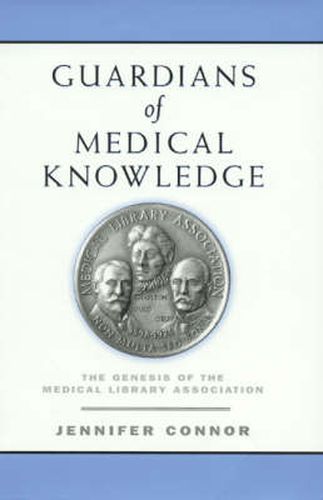Readings Newsletter
Become a Readings Member to make your shopping experience even easier.
Sign in or sign up for free!
You’re not far away from qualifying for FREE standard shipping within Australia
You’ve qualified for FREE standard shipping within Australia
The cart is loading…






An exploration of the historical interest in medical books, libraries and librarianship. It provides an overview of the Medical Library Association from its conception as a resource for libraries to its role as a national, professional organization. The genesis of the Medical Library Association is demonstrated through analysis of its origins, culture, and fraternal relationships . The MLA began as an independent national society for the exchange of duplicated, historical medical publications for physicians and students of medicine. However, in the second half of the 20th century, medical educators wanted graduates to be properly equipped to keep up with trends throughout their careers. As a result, the medical library became a place to access these changes. American medicine was changing rapidly and ways of presenting medical information had to be designed, distributed and organized in new ways. Indexes were researched and written helping to standardize massive amounts of information. Jennifer Connor demonstrates how librarians of the time, mostly women, dedicated their professional lives to making this information available for public use.
$9.00 standard shipping within Australia
FREE standard shipping within Australia for orders over $100.00
Express & International shipping calculated at checkout
An exploration of the historical interest in medical books, libraries and librarianship. It provides an overview of the Medical Library Association from its conception as a resource for libraries to its role as a national, professional organization. The genesis of the Medical Library Association is demonstrated through analysis of its origins, culture, and fraternal relationships . The MLA began as an independent national society for the exchange of duplicated, historical medical publications for physicians and students of medicine. However, in the second half of the 20th century, medical educators wanted graduates to be properly equipped to keep up with trends throughout their careers. As a result, the medical library became a place to access these changes. American medicine was changing rapidly and ways of presenting medical information had to be designed, distributed and organized in new ways. Indexes were researched and written helping to standardize massive amounts of information. Jennifer Connor demonstrates how librarians of the time, mostly women, dedicated their professional lives to making this information available for public use.